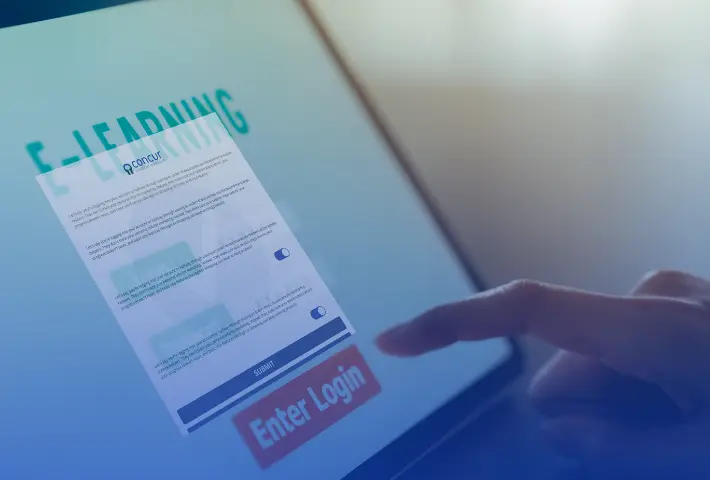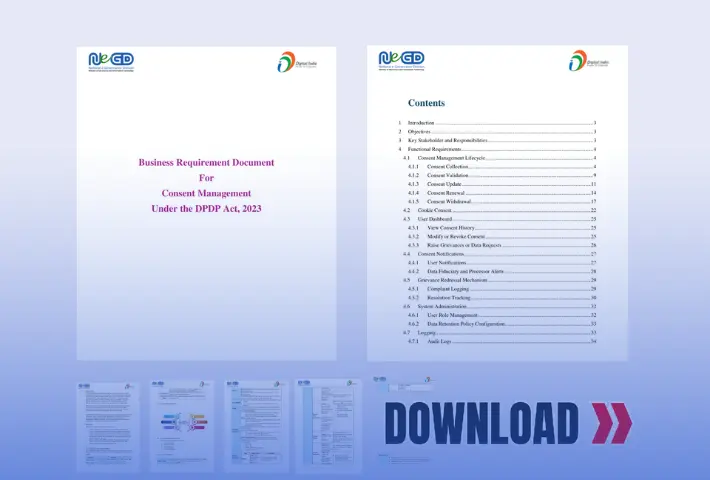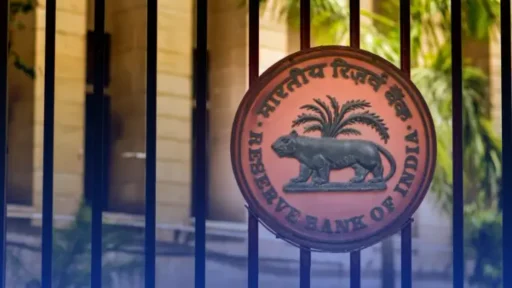India’s data economy is thriving, raising the essential need to manage innovation alongside trust. As a result, the Digital Personal Data Protection Act (DPDPA) 2025 will raise the compliance bar while changing how businesses handle personal data. Encryption and anonymization will drive this change. Although encryption and anonymization are regularly co-located terms, they compete from two different spectrums.
Encryption protects data from undesirable access. Anonymization simply removes the data identity. Mismanaging encryption with anonymization may be more than just a technical mismanagement; it may also lead to bad breaches, penalties, or lost consumer trust.
This guide breaks down each method, explores how and when to use them under the DPDPA, and helps you make the right choice for your organization’s data protection strategy. Whether you’re in healthcare, fintech, edtech, or government services, making the right decision could protect your customers—and your reputation.
What is Encryption?
Encryption is a method that safeguards information in such a way that it can only be viewed and/or accessed by someone with a cryptographic key. It is intended to provide confidentiality, specifically while the data is being shared or stored.
This does not change the structure of the data, but merely prevents people from seeing it. If a hacker steals an encrypted file, even if they can steal it, they will not be able to read it, as long as they do not have the decryption key.
Types of Encryption
- Symmetric Encryption – A method which uses the same key for encryption and decryption. Symmetric encryption is usually much faster than asymmetric encryption, but always requires a means to share the encryption key safely. (Example AES)
- Asymmetric Encryption – A method that uses a public key to encrypt the Data and a private key to decrypt the data. The strengths of asymmetric encryption is that it can provide a higher level of security for data transmission. (Example: RSA)
Where It’s Used
- Banking systems to protect online transactions
- Messaging applications to secure all user conversations
- Healthcare IT systems to protect patient records
- Cloud services like Box, Dropbox, or Google drive to protect files stored online
- eCommerce websites for payment processing
- Government communication systems for safety and security of internal memos, files or documents
Real-World Example: Hospitals use encryption to protect Electronic Health Records (EHRs) when they are shared electronically, both internally and with third-parties. Even if the hackers are able to breach the EHRs system, the encrypted health records are unreadable as long as they are encrypted with a key.
DPDPA Perspective
In the DPDPA encrypted data qualifies as personal data as personal data is any information the can identify someone as a person. While encrypted data is protected from unauthorized access, it still can be decrypted, and therefore diseased DPDPA protected information.
What is Anonymization?
Anonymization is the process of removing or modifying personal identifiers from the dataset so that individuals are no longer identifiable. It is a one-way process, similar to encryption, but there is no return.
Anonymization is important when you want to extract maximal value from the data in aggregate, when you are publishing your data, or when your purpose is to undertake a study or research, and do not want to disclose your users’ personal information.
Key Characteristics
- Irreversible: When anonymised, the dataset cannot be linked back.
- Statistical Usefulness: The dataset is still useful for insights, research, and analytics.
- Regulatory Exclusive: If data is truly anonymized, it is exempt from the DPDPA.
- Cost Efficiency: Long-term financial savings in compliance management to meet new requirements.
Techniques
- Generalisation: Aggregation of data (e.g. instead of date of birth, age groups).
- Suppression: Removing identifying characteristics (e.g. name, email).
- Perturbation of Data: Adding noise to data values.
Example
The Indian government anonymizes census data before it is publicly available. The government removes all identifying markers in a data including all personally identifiable information, like name, phone numbers or Aadhaar IDs. It enables researchers to analyze population trends without risk of identifying individuals.
Legal Context
The DPDPA indicates that once data is anonymized from the ‘use of reasonably proven techniques’ on anonymization, the anonymized data are not subject to requirements of the DPDPA and cannot be used to identify a person.
Encryption vs Anonymization: Key Differences
Understanding how these two techniques differ is crucial for deciding when and how to implement them.
| Feature | Encryption | Anonymization |
|---|---|---|
| Reversibility | Data can be restored to its original form, but only if you have the correct decryption key. | Once identifiers are removed or masked, the process cannot be undone—you can’t link data back to individuals. |
| DPDPA Treatment | Still counts as personal data under DPDPA, so you must follow all consent, handling, and storage rules. | Considered non-personal once properly anonymized, so it falls outside DPDPA’s scope. |
| Primary Use Cases | Protecting data in transit or at rest—think secure messaging, database backups, or cloud storage. | Enabling safe public use of datasets for research, analytics, or reporting without privacy risks. |
| Breach Risk | If someone steals or guesses the decryption key, the protected data becomes plain text again. | If done correctly, there’s little to no risk—no identifiers remain to link back to real people. |
| Typical Examples | HTTPS web traffic, encrypted email, VPN tunnels, mobile app databases. | Census results, medical studies with personal details stripped out, aggregated usage statistics. |
| Performance Impact | Can add processing overhead—often moderate to high, depending on algorithm strength and data size. | Generally lightweight: low impact for simple masking, moderate if using advanced techniques (e.g., differential privacy). |
When Should You Use Encryption or anonymization?
Deciding whether to use anonymization, encryption or both is not about which is best – it is about the purpose and context.
Use Encryption When:
- Sharing sensitive data with authorized users
- Storing customer information in a database
- Processing payments or verifying a person’s identity
- Transmitting medical records or any other confidential document
Use Anonymization When:
- Preparing data for public release or to inform policy
- Conducting an investigation on consumer behavior at scale
- Creating benchmarks from customer feedback
- Publishing academic or institutional research
Industry-Specific Examples
- Healthcare: Encrypt patient records for internal access. Anonymize patient records for epidemiological studies.
- Finance: Encrypt customer transaction data. Anonymize customer transaction data for market analysis.
- Education: Encrypt student performance records. Anonymize student performance records for academics research.
- Government: Encrypt internal reports. Anonymize voter survey data for policy papers.
Real-World Challenges and Risks for Encryption and anonymization
Encryption Challenges
- Key Management: If the encryption keys are lost or stolen, decryption might not be possible,
- Overhead: Encryption can add latency in high-speed environments.
- Access Control: Improper handling may lead to insider threats.
Anonymization Challenges
- Re-identification Risk: If anonymization is poorly done, cross-referencing with public datasets can reveal identities.
- Loss of Data Value: Aggressive anonymization may degrade analytical usefulness.
- False Confidence: Assuming anonymized data is always safe can lead to oversight.
Mitigation Strategies
- Regularly audit anonymization techniques.
- Use multi-factor access control for encrypted data.
- Combine with data minimization to reduce exposure.
- Keep up with evolving DPDPA compliance guidance.
Best Practices for Compliance Under DPDPA
Under the DPDPA, the way you collect, process, and protect data determines your legal exposure. These techniques help stay ahead:
- Understand Purpose Limitation: Collect only what is necessary and define usage clearly.
- Encrypt by Default: Especially for sensitive data such as health, biometric, or financial data.
- Anonymize Whenever Possible: Particularly for R&D, academic projects, and open datasets.
- Maintain User Consent Logs: Users must consent to the use of their data.
- Document Everything: Including encryption policy, anonymization procedures, and data flows.
- Conduct Regular Privacy Impact Assessments: Ensure you are continually analyzing risks and remaining compliant.
Anonymization or Encryption which is good for you
Encryption and anonymization are both pillars of modern data protection, but they each serve a fundamentally different purpose. And in the age of the DPDPA, knowing when to use them can mean the difference between compliance and violation.
- Use encryption when you must protect personal data while making the data usable and recognizable.
- Use anonymization when you want to analyze or share data while not identifying the individuals.
Both encryption and anonymization are powerful tools in India’s privacy-first digital development. Smart organizations don’t just pick one – they utilize both strategically.
Are you looking to protect your operations under the DPDPA? Start by understanding your lifecycle of data, and then apply the right technique in the right situation.Talk to Concur today!
Book a Consultation with Us →
FAQs
Not necessarily. Anonymization offers stronger privacy but cannot be reversed. Encryption is better when data must remain accessible.
No, but it allows organizations to reduce regulatory burdens by anonymizing data where possible.
Yes, if the technique is weak or external datasets exist for triangulation. Strong anonymization reduces this risk.
Maintain technical documentation and risk assessments to demonstrate your anonymization process is robust and irreversible.








